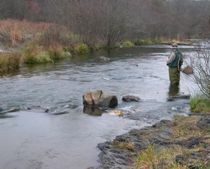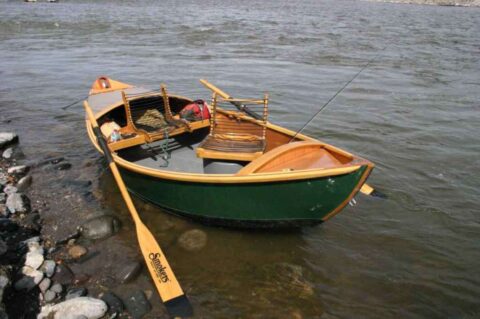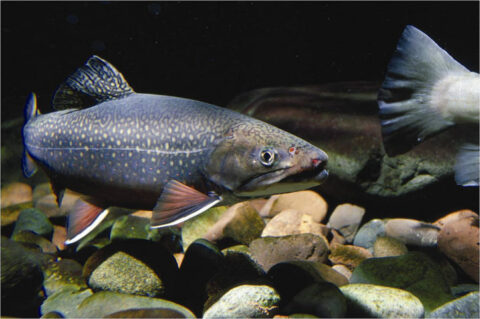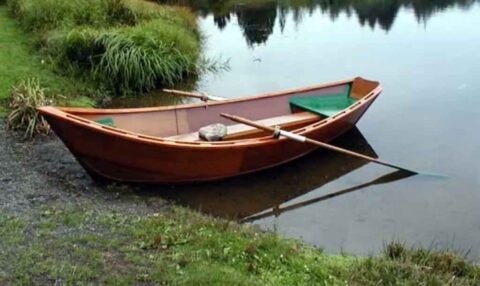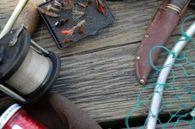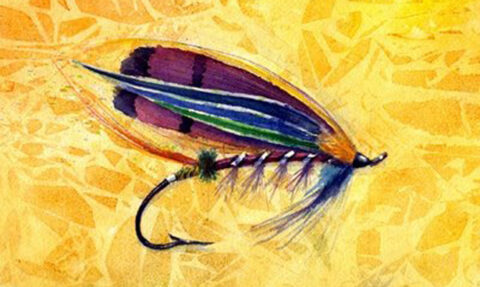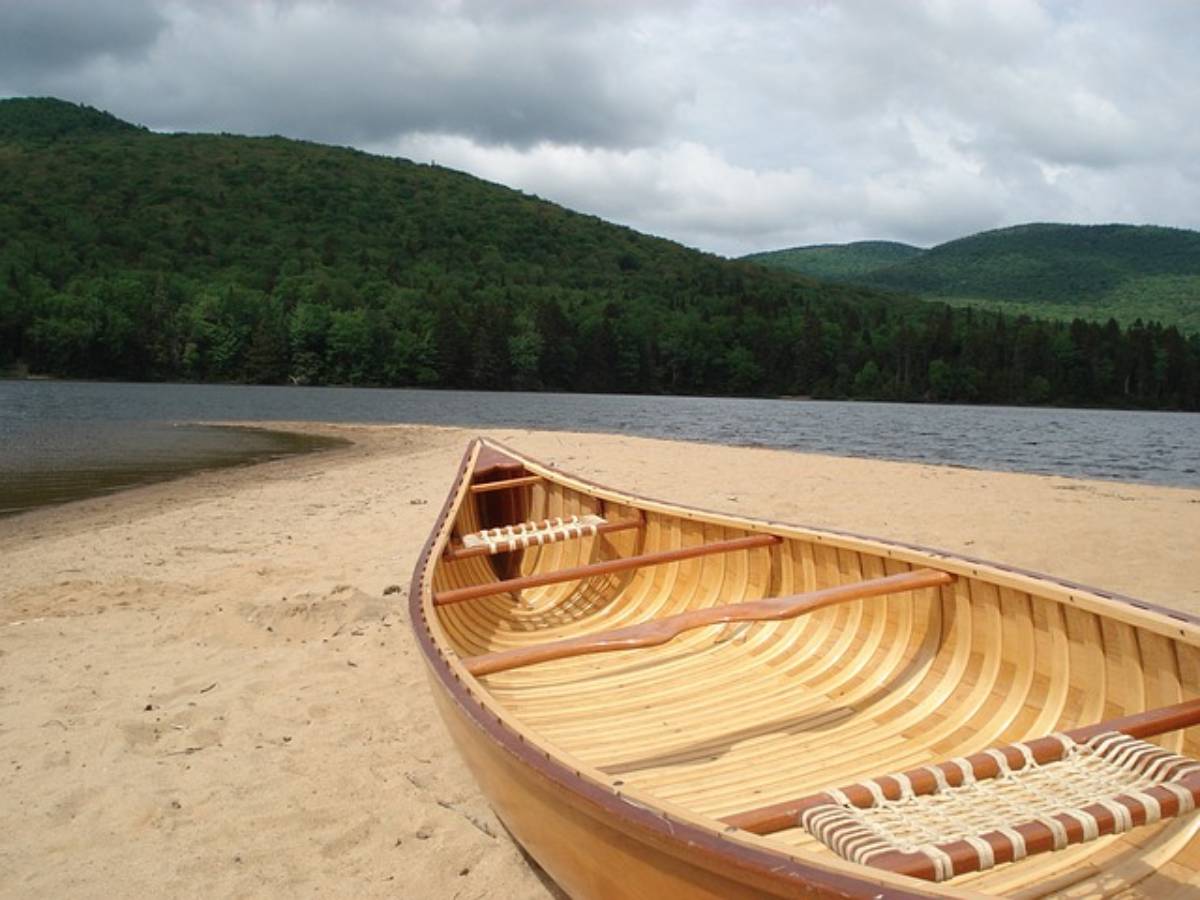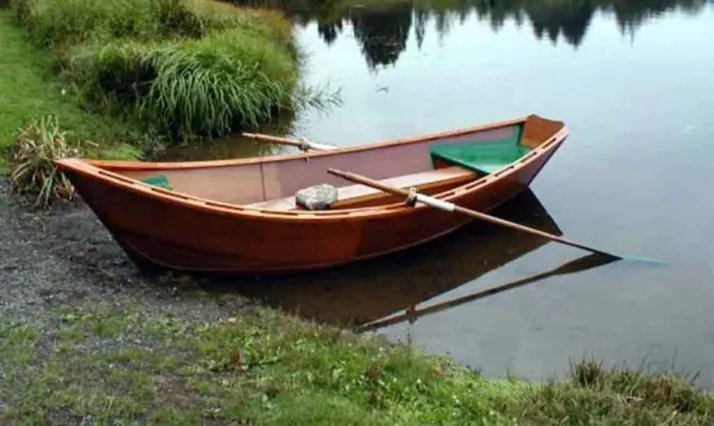Upstream wet fly fishing creates a challenge for most fly anglers, but it certainly has its benefits.
When you cast a wet fly upstream, it rides back to you on the current rapidly. So, in order to cast a wet fly upstream, you have to learn how to control the loose line.
This is done by raising the tip of your fly fishing rod and taking in the loose line like this:
See how you have full control over the wet fly?
Wet fly fishing upstream lets you approach fish from behind, which is a natural approach. It also allows you to present the fly in a natural way — because fish watch for food drifting on the current.
Hopefully, you now understand the importance of your wet fly presentation looking natural.
If you are using short casts, all you have to do is raise the tip of your fly rod and allow the fly to drift back toward you. Longer casts are a bit more complicated, because you have to take in all of the loose line to keep control of your line.
In order to do this you will need a soft action fly rod that is 9 to 10 feet in length and a class 5 or 6. This type of fly fishing rod will allow you to control your fly fishing line most effectively.
Wet fly fishing upstream doesn’t allow you to feel the strike because your line is loose. So, when using this fly fishing technique, you will need to wear a good quality pair of polarized sunglasses. That way, you will be able to see the fish turn as the wet fly floats past. This is an indicator that the fish is going to strike and when it does, you need to be ready to set the hook or the fish will get away.
If you set the hook as soon as the fish strikes, it will set hard. This creates an advantage over downstream wet fly fishing where it’s easy to accidentally jerk the fly away from the fish.
Wet fly fishing upstream allows you to fish at almost any depth. If you want to reach fish that are on the bottom, then use a weighted nymph fly. If necessary, also use split-shot sinkers. For mid-depth fishing, use a wet fly with no weight and make only short fly fishing casts upstream.
In order not to spook fish when fly casting a wet fly upstream, use a reach cast. This will allow you to place your wet fly slightly to one side of the fish. Be sure to use a long leader of at least 9 feet and a tippet of 5X.
Wet flies that are best for casting upstream include Partridge and Yellow, or Partridge and Green. Alder is also a good choice.
Now that you are familiar with wet fly fishing upstream, practice the technique until you have honed your skills to perfection. Practice and practice some more until you feel like you’ve got the technique of wet fly fishing upstream.
Books About Wet Fly Fishing
- Stewart on the Wet Fly by Paul Schullery
- Fishing Nymphs, Wet Flies & Streamers: Subsurface Techniques for Trout in Streams by Dick Sternberg and David Tieszen
- Wet Flies by Dave Hughes
I enjoy writing about my life experiences — including the fun times I've had while fishing and enjoying nature. In my fly fishing articles I like to share helpful how-tos to help newbies grasp the most basic concepts of fly fishing.
